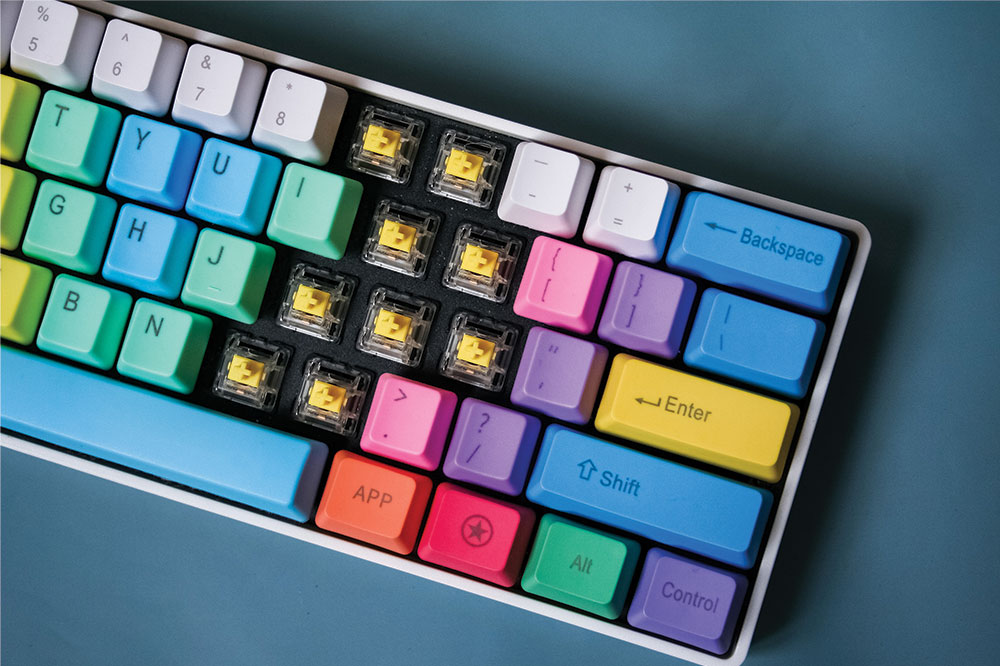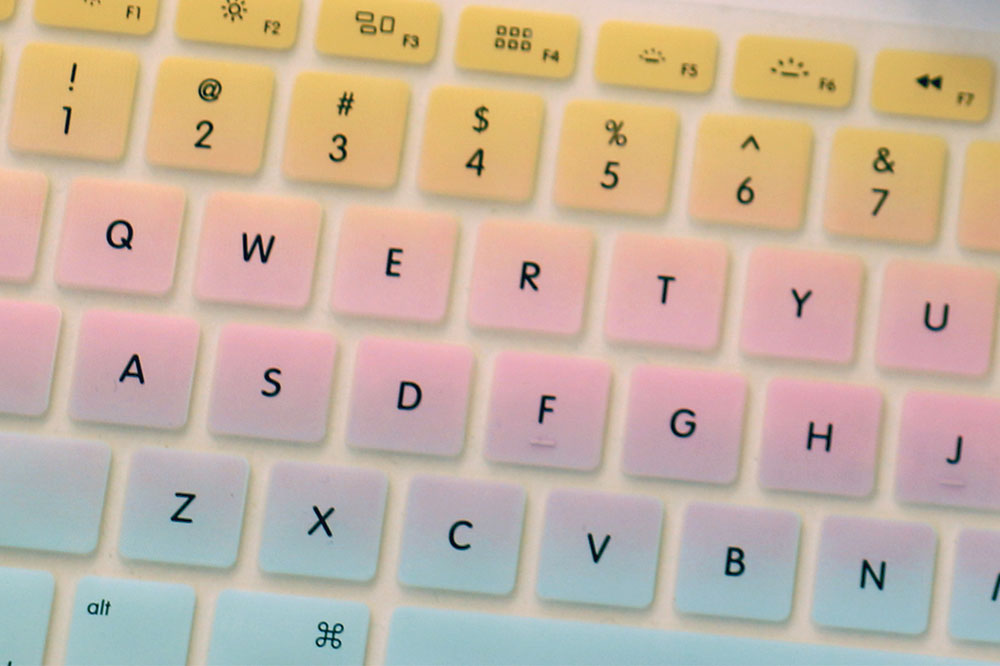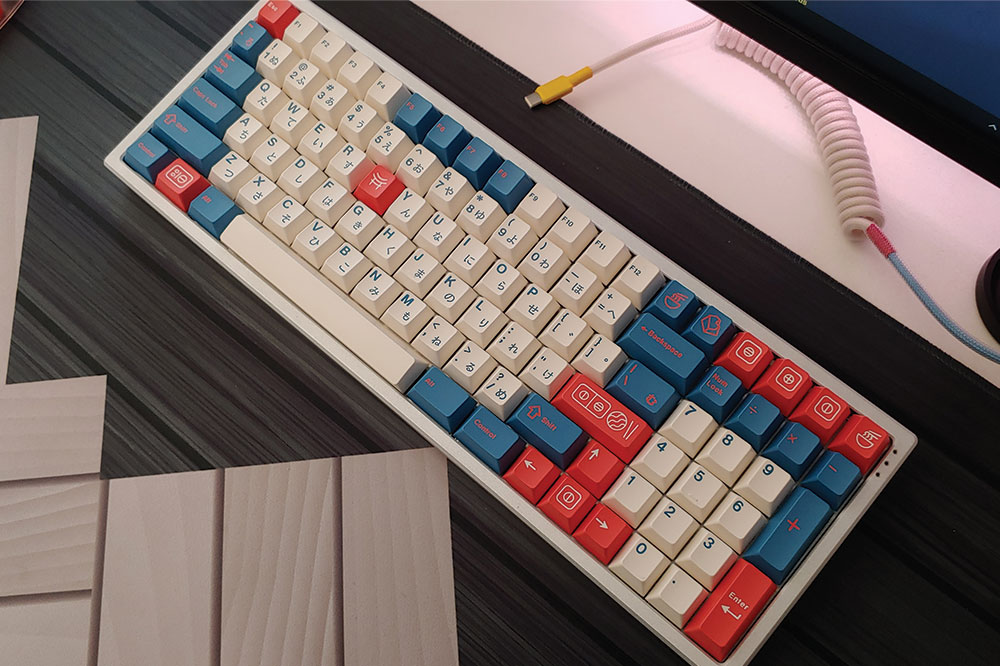Ultimate Guide to Mechanical Keyboard Keycaps: Materials, Designs, and Customization
Discover everything about mechanical keyboard keycaps in this comprehensive guide. Learn about the different materials like ABS, PBT, and POM, explore design options, and find tips for customizing your keyboard. Whether you're a hobbyist or a professional, upgrade your setup with the perfect keycaps to enhance style, feel, and performance.

Ultimate Guide to Mechanical Keyboard Keycaps: Materials, Designs, and Customization
For mechanical keyboard enthusiasts and casual users alike, keycaps are more than just functional components; they are an essential part of personalization and aesthetic expression. These small plastic covers that sit atop each key serve a purpose beyond mere identification—they influence tactile feedback, sound, and overall visual appeal of your keyboard. As the market for custom keyboards continues to grow, so does the variety of keycaps, offering endless possibilities for customization, styling, and material selection. This comprehensive guide explores everything you need to know about keyboard keycaps—from materials and manufacturing processes to design options and customization techniques—to help you make informed choices for your setup.
Understanding Keycaps: Functionality and Style
Keycaps are integral to the keyboard’s user experience. Not only do they protect the underlying switches, but they also define the look and feel of the keyboard. In recent years, the hobby of customizing keycaps has surged, driven by advances in manufacturing and a desire for personalized aesthetics. Whether you prefer minimalist monochrome schemes or vibrant, artistically designed sets, the right keycaps can completely transform your keyboard into a reflection of your personality.
What Are Keycaps Made Of?
Keycaps are primarily produced via sophisticated manufacturing processes that include injection molding—allowing for mass production with high precision and various design possibilities. The choice of material significantly influences the durability, texture, sound, and appearance of the keycaps, making it crucial for enthusiasts and professionals to understand the differences between the main types of plastics used.
Common Materials Used for Keycaps
Different materials offer unique advantages and aesthetic qualities, shaping the final feel and appearance of your keyboard. Here are the most prevalent options:
ABS (Acrylonitrile Butadiene Styrene): ABS is the most common plastic used for standard keycaps due to its affordability, ease of manufacturing, and versatility. These keycaps often feature a shiny surface and are highly compatible with various designs. However, they tend to develop a shiny patina over time from finger oils and are somewhat prone to wear, requiring replacement or upgrading for enthusiasts seeking longevity.
PBT (Polybutylene Terephthalate): Increasingly favored by enthusiasts, PBT keycaps are known for their durability, resistance to shine, and excellent texture retention. They have a matte finish that remains intact even after prolonged use, making them a reliable choice for those who want long-lasting aesthetics and tactile feedback. PBT keycaps also tend to produce a deeper, more subdued sound during typing, contributing to a satisfying acoustic profile.
3D Printed Keycaps: Advances in 3D printing technology have made it possible to produce highly personalized, intricate, and unique keycaps at home or via specialized manufacturers. This method allows for custom shapes, colors, and textures that can’t be easily achieved through traditional manufacturing. 3D printing offers hobbyists a convenient way to experiment with design and create one-of-a-kind keycaps for special sets or individual keys.
Handcrafted Keycaps: Artisans and hobbyists craft bespoke keycaps by shaping materials like clay or resin. Handmade keycaps are often considered collector’s items because of their uniqueness and artistic value. Artists can embed intricate designs or custom images, making these keycaps highly prized and often more expensive than mass-produced options. They offer an exceptional level of personalization and are ideal for enthusiasts who want a truly unique keyboard.
POM (Polyoxymethylene): While POM is less common, it offers excellent mechanical properties such as high stiffness and low friction. Its slippery surface, however, makes it less favored for keycaps, especially in gaming scenarios where grip is essential. POM can produce a distinctive sound and feel but remains less prevalent compared to PBT and ABS.
Rubber Coated Keycaps: Designed mainly for gamers or users seeking enhanced grip, these keycaps feature a rubber or silicone layer over a plastic core. The textured surface improves handling during fast-paced gaming sessions, reducing finger fatigue and preventing slipping. This material combination offers improved control and tactile feedback, making it highly functional for intense use.
Design and Style Options for Keycaps
The visual design of keycaps can vary wildly, ranging from simple legends and monochrome color schemes to elaborate mixes of colors, textures, and themes. Here are some popular design trends:
OEM and Cherry Profile: Standard keycap profiles that offer compatibility with most mechanical keyboards, providing comfortable key height and shape suitable for typing and gaming.
SA Profile: Taller and more sculpted, these keycaps offer a vintage aesthetic and distinctive feel, preferred by keyboard enthusiasts seeking unique styles.
Custom Legends and Artwork: Artisans often hand-paint or embed special legends, logos, or images onto the keycaps, elevating the keyboard’s artistic appeal.
Translucent and Backlit Designs: Transparent or semi-transparent keycaps enable lighting effects, enhancing visual effects for RGB-enabled keyboards.
Customizing Your Keyboard with Unique Keycaps
In recent years, customizing your keyboard with unique keycaps has become a mainstream hobby. From limited-edition sets to handmade artistic pieces, the variety is staggering. Custom keycap sets are available through specialized vendors, artists, and online communities, offering a wide range of themes, colors, and textures. Whether you want to showcase your personality, match a specific aesthetic, or improve typist comfort, selecting the right keycaps is a crucial step towards achieving your ideal keyboard setup.
The process of choosing and customizing keycaps requires understanding your priorities in terms of material durability, aesthetic appeal, tactile feel, and compatibility. By exploring the options outlined above, you can build a keyboard that not only functions perfectly but also reflects your unique style. Keep in mind that upgrading or replacing keycaps is often one of the most straightforward ways to instantly improve your typing experience and the overall look of your setup.
In conclusion, whether you're a seasoned enthusiast or a beginner exploring the world of mechanical keyboards, the keycaps you select play a vital role in shaping your interaction with your device. With a vast array of materials, designs, and customization options, the possibilities are virtually endless. Dive into the community, experiment with different styles, and craft a keyboard that is uniquely yours—because your typing experience should be as distinctive as your personality.




